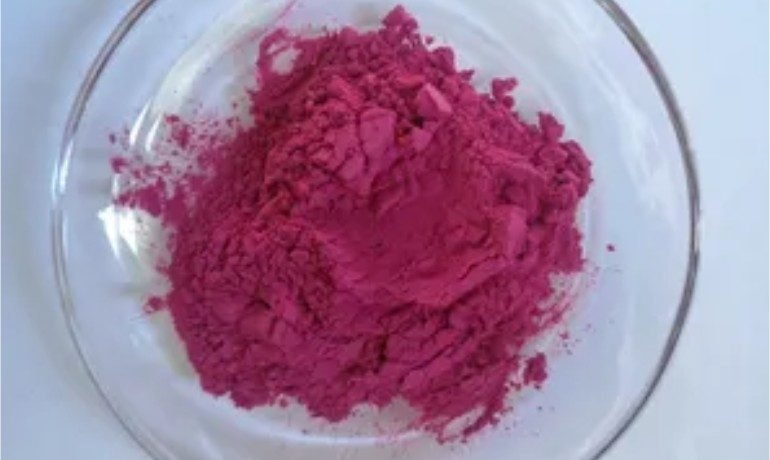Silver nitrate (AgNO3) is a fascinating inorganic silver ion compound that applies to different uses. Its distinctive properties and versatility make it an essential ingredient (API) in several industries and applications. Then, we will explore the properties, applications, and safety considerations associated with silver nitrate.
Properties of Silver Nitrate:
Silver nitrate is a white or colorless transparent crystalline solid with the chemical formula AgNO3. It is easily soluble in water and ammonia, soluble in ether and glycerin, slightly soluble in ethanol, but almost insoluble in concentrated nitric acid. Its aqueous solution exhibits weak acidity.
Pure silver nitrate crystal is stable to light and is easy to be reduced to black metallic silver in the presence of organic matter. Wet silver nitrate and silver nitrate solution can be easily subject to decomposition upon light. The compound is known for its photosensitive nature, turning dark when exposed to light due to the formation of silver metal. This property has been instrumental in its applications in photography and other light-sensitive processes.
Silver nitrate utilizes to make and prepare a range of silver compounds commonly, including silver halides and silver oxide. Because its nitrate ion is replaced by other groups easily, making it quite a reactive compound. Therefore, it may serve as a precursor (API) to many silver derivatives in varying industries.
Applications of Silver Nitrate:
1. Photography:
Silver nitrate is the most crucial silver compound used extensively for silver halide photosensitive material manufacture. One of the most prominent applications of silver nitrate is in the field of photography. Silver nitrate combined with other chemicals will use to coat photographic films and papers. It reacts with light to produce silver metal, creating the desired images. Despite the advancements in digital photography, traditional silver-based photography continues to have a niche market.
2. Medical and Healthcare:
Silver nitrate is an inorganic silver salt that can dissociate silver ions with sterilization, corrosion, erosion, and convergence effect. Its dilute solution has antibacterial and astringent effects, and its concentrated solution is corrosive.
In the medical and healthcare industry, topical application of silver ions can bind with bacterial protein to form a silver protein precipitate with a bactericidal effect. It commonly serves as an antiseptic and cauterizing agent for various procedures. Silver nitrate in the form of solution can help prevent infections and treat wounds, such as dentin hypersensitivity, mucosal ulceration, early caries, and cavity disinfection.
Additionally, silver nitrate can utilize in medical device manufacturing, such as catheters and wound dressings, due to its antimicrobial properties.
3. Analytical Chemistry:
Silver nitrate is used in analytical chemistry commonly as a reagent. It can be employed in various tests to identify the presence of some ions. For example, it reacts with chloride ions to form a white precipitate, aiding in the chloride ions detection in a solution. Such tests are essential in qualitative and quantitative chemical analysis.
4. Silver Plating and Electrochemistry:
Silver nitrate is utilized in the electroplating industry to deposit a thin layer of silver onto various surfaces. It helps enhance objects’ appearance, conductivity, and corrosion resistance, including jewelry, silverware, and electrical contacts. Electrochemical processes involving silver nitrate had employed in batteries, sensors, and other electronic devices.
5. Organic Synthesis:
In organic chemistry, silver nitrate can catalyze several reactions. It plays a crucial role in the preparation of the compounds like alkyl nitrates and alkynes. Additionally, it can facilitate the conversion of aldehydes to carboxylic acids and the synthesis of certain dyes and pigments.
Safety Considerations:
While silver nitrate has numerous applications, it is essential to handle it with caution due to its potential hazards.
It is corrosive to the skin and mucous membranes and has a convergence effect. Upon contact with silver nitrate, the skin will darken upon exposure to light and may become inflamed. In case of skin contamination with silver nitrate, iodine can utilize to remove the stain; if the skin gets injured upon contact, you can soak it in salt water for washing.
Upon working, the production staff should wear masks, cotton overalls, latex gloves, and other protective equipment. The production staff should also do laundry frequently. The production equipment should be sealed within the ventilated workshop properly.
Silver nitrate can react with acetylene to generate silver acetylene. Under dry conditions, it will explode upon slight friction. Therefore, we should prohibit bringing calcium carbide paste and acetylene gas into the workshop upon equipment maintenance.
Conclusion:
Silver nitrate (AgNO3) is a versatile compound with many applications in photography, medicine, analytical chemistry, electroplating, and organic synthesis. Its unique properties make it an indispensable ingredient in various industries.
However, it is significant to handle silver nitrate safely and responsibly, adhering to proper precautions.
Silver nitrate remains a valuable compound with its remarkable versatility and continuing relevance in the modern world.
Where to Buy Silver Nitrate
At JHchemCO, we specialize in providing high-quality products to meet the needs of our customers. Our silver nitrate is manufactured to the highest standards of purity and consistency, ensuring that they deliver outstanding performance and reliability in every application.
If you want to explore us or learn more about silver nitrate, we invite you to browse our official website at http://jhchemco.com/ further.






Leave A Comment
You must be <a href="https://jhchemco.com/wp-login.php?redirect_to=https%3A%2F%2Fjhchemco.com%2Fsilver-nitrate-a-silver-ion-compound-with-remarkable-applications%2F">logged in</a> to post a comment.